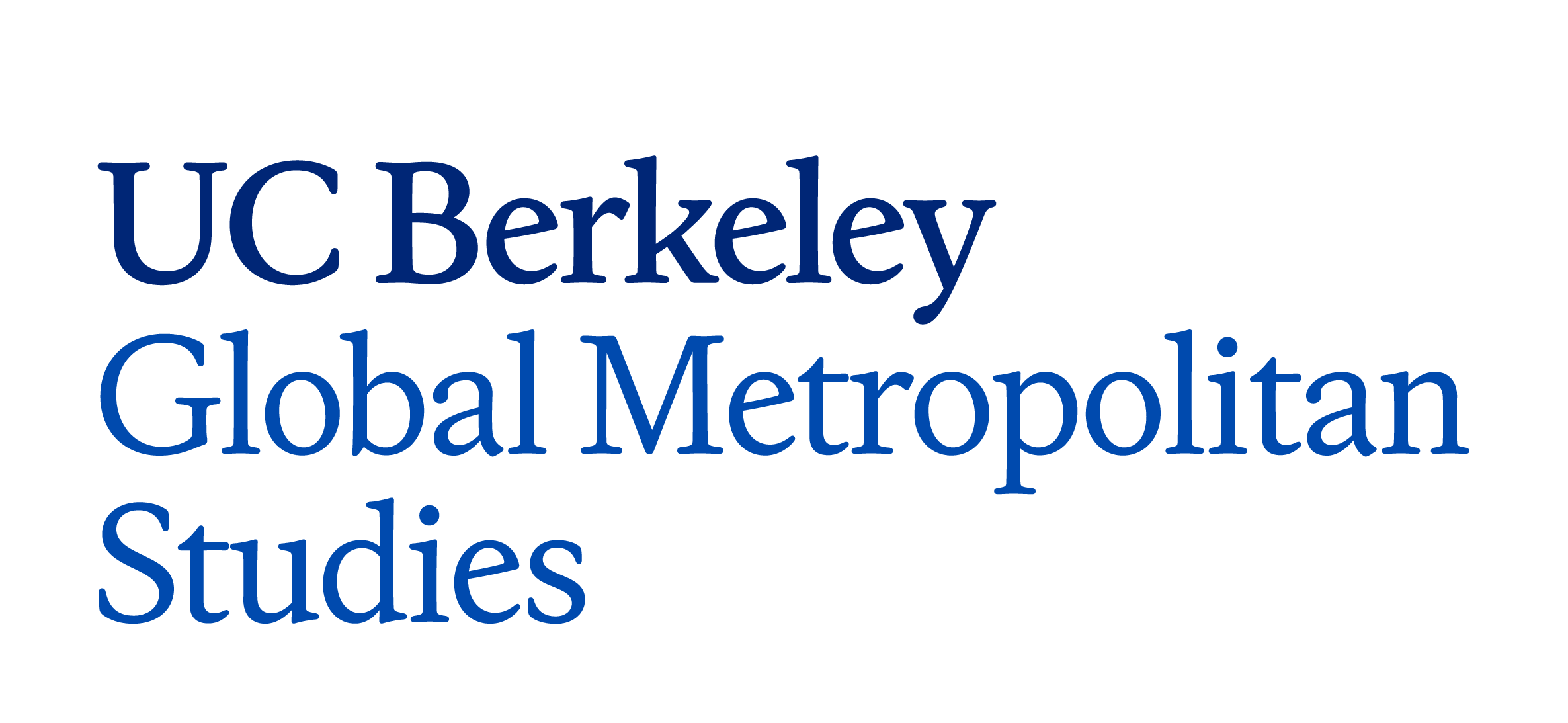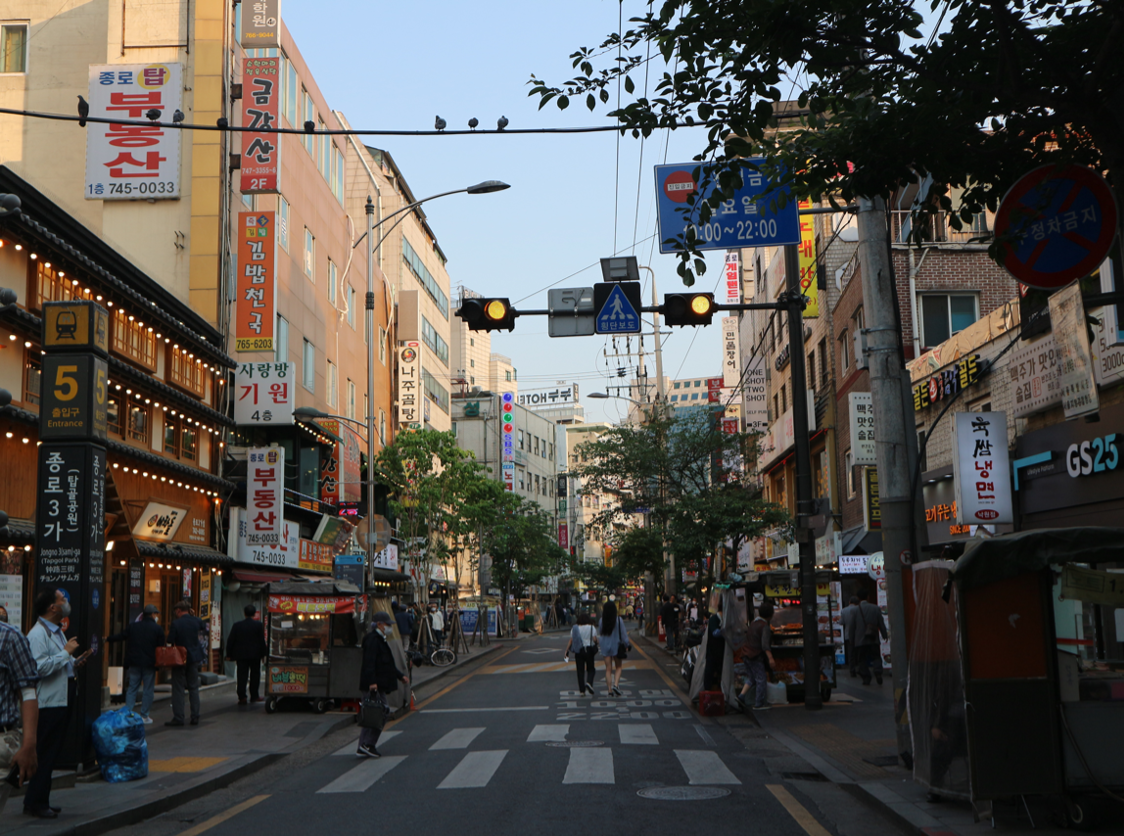Despite the scarcity of the literature, gentrification studies have viewed the LGBTQ (Lesbian, Gay, Bisexual, Transgendered, Queer) population from a certain narrative–as either bellwethers or victims of gentrification. On one hand, LGBTQ populations are viewed as the harbingers of more tolerant, diverse neighborhoods whose unique placemaking beckons the influx of younger and middle-class gentrifiers in the inner-city. On the other hand, studies also focus on how gentrification ultimately ends up displacing the LGBTQ population from very places they have helped create. However, these studies have mainly focused on a select few western settings, thereby conceptualizing the gayborhood, gay ghetto, gay district, or gay space, as a certain neighborhood where LGBTQ people (primarily gay males) live, consume, and claim political rights. Meanwhile, the scholarship has paid little attention to the relationship between gentrification and gayborhoods in other contexts, especially where there is less tolerance and recognition of LGBTQ individuals and their spatial concentration.
My field research in Seoul, South Korea, aimed to revisit the twin notions concerning the relationship between gentrification and the queer spaces by investigating the commercial gentrification in the Jongno-sam-ga (Jong-sam, more colloquially) or Jongno district (Jongno as shortened). Jongno district has served as a major gay district in Seoul since the 1970s but has been experiencing a decline since the 2010s, fueled by the public-led urban regeneration projects and commercial gentrification in the nearby neighborhoods of Ikseon-dong and Insa-dong. Based on a review of planning documents and in-depth semi-structured interviews with the local gay establishments and queer and straight (heterosexual) visitors, I suggest that queer spacemaking in the Jongno district did not directly facilitate gentrification nor decline significantly with gentrification. Rather, I find the Jongno district could have thrived as a gayborhood precisely because it remained largely invisible in an intolerant society despite its hyperconnectivity to other parts of the metropolitan area. Instead, gentrification in Jongno seems to reflect the public and private sectors’ combined efforts to “normalize” deviant urban activities and increase the circulation of a “healthy public” and related consumption in the neighborhood. Contrary to the contemporary western discussions, I also identify that the demand for gayborhood remains very intact in Seoul and that gay establishments are employing new techniques accordingly to maintain invisibility from the heteronormative gaze.

